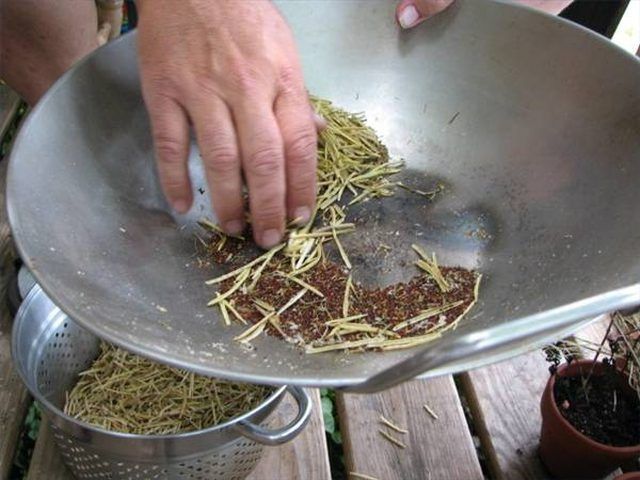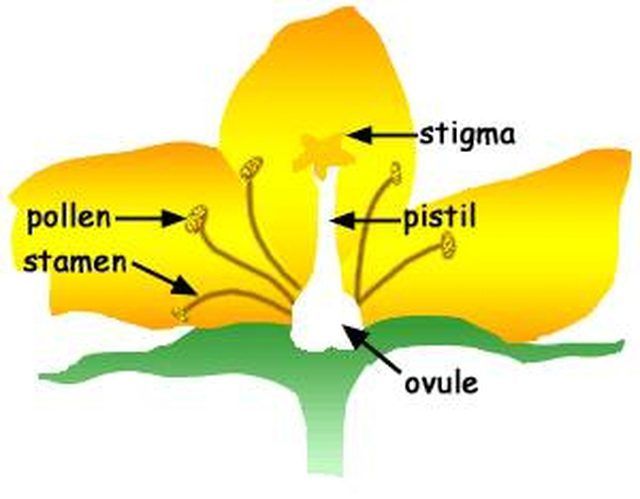Bulbs
Flower Basics
Flower Beds & Specialty Gardens
Flower Garden
Garden Furniture
Garden Gnomes
Garden Seeds
Garden Sheds
Garden Statues
Garden Tools & Supplies
Gardening Basics
Green & Organic
Groundcovers & Vines
Growing Annuals
Growing Basil
Growing Beans
Growing Berries
Growing Blueberries
Growing Cactus
Growing Corn
Growing Cotton
Growing Edibles
Growing Flowers
Growing Garlic
Growing Grapes
Growing Grass
Growing Herbs
Growing Jasmine
Growing Mint
Growing Mushrooms
Orchids
Growing Peanuts
Growing Perennials
Growing Plants
Growing Rosemary
Growing Roses
Growing Strawberries
Growing Sunflowers
Growing Thyme
Growing Tomatoes
Growing Tulips
Growing Vegetables
Herb Basics
Herb Garden
Indoor Growing
Landscaping Basics
Landscaping Patios
Landscaping Plants
Landscaping Shrubs
Landscaping Trees
Landscaping Walks & Pathways
Lawn Basics
Lawn Maintenance
Lawn Mowers
Lawn Ornaments
Lawn Planting
Lawn Tools
Outdoor Growing
Overall Landscape Planning
Pests, Weeds & Problems
Plant Basics
Rock Garden
Rose Garden
Shrubs
Soil
Specialty Gardens
Trees
Vegetable Garden
Yard Maintenance
How Does Broccoli Reproduce?
How Does Broccoli Reproduce?. Broccoli, a biennial member of the cruciferous family of vegetables, along with cabbage and Brussels sprouts, relies on sexual reproduction just like other fruits and vegetables do.

Introduction
Broccoli, a biennial member of the cruciferous family of vegetables, along with cabbage and Brussels sprouts, relies on sexual reproduction just like other fruits and vegetables do.

Parts of a broccoli flower
If you look closely at broccoli that's ready to harvest, you will see a tightly packed head with a rough, lumpy surface and thick compact stems--the familiar look of broccoli that is harvested and sold in stores. The lumpy surface contains thousand of immature flower buds. When the broccoli flowers open, they have petals, stamen, stigma, pistle, ovule and pollen.

Pollination
Pollen contains male gametes (sperm), and the ovule contains female gametes (eggs). The two have to be brought together for pollination to take place.
Broccoli relies on pollination to reproduce just like other fruits and vegetables do. Pollination takes place when insects or birds attracted by the scent and color of the flowers feed off nectar on the stigma or around the base of the ovule. The insects transfer pollen from the stamens to the stigma, where it fertilizes the female gametes in the ovule.

Gestation to harvest
As the newly fertilized seeds inside the ovule grow, the ovule lengthens into a pod where the seeds will mature after several weeks. Broccoli plants produce dozens of pods, each with eight to 10 small, hard, dark brown seeds inside. The seeds are about the size and shape of brown mustard seeds and have a pleasant peppery taste.
